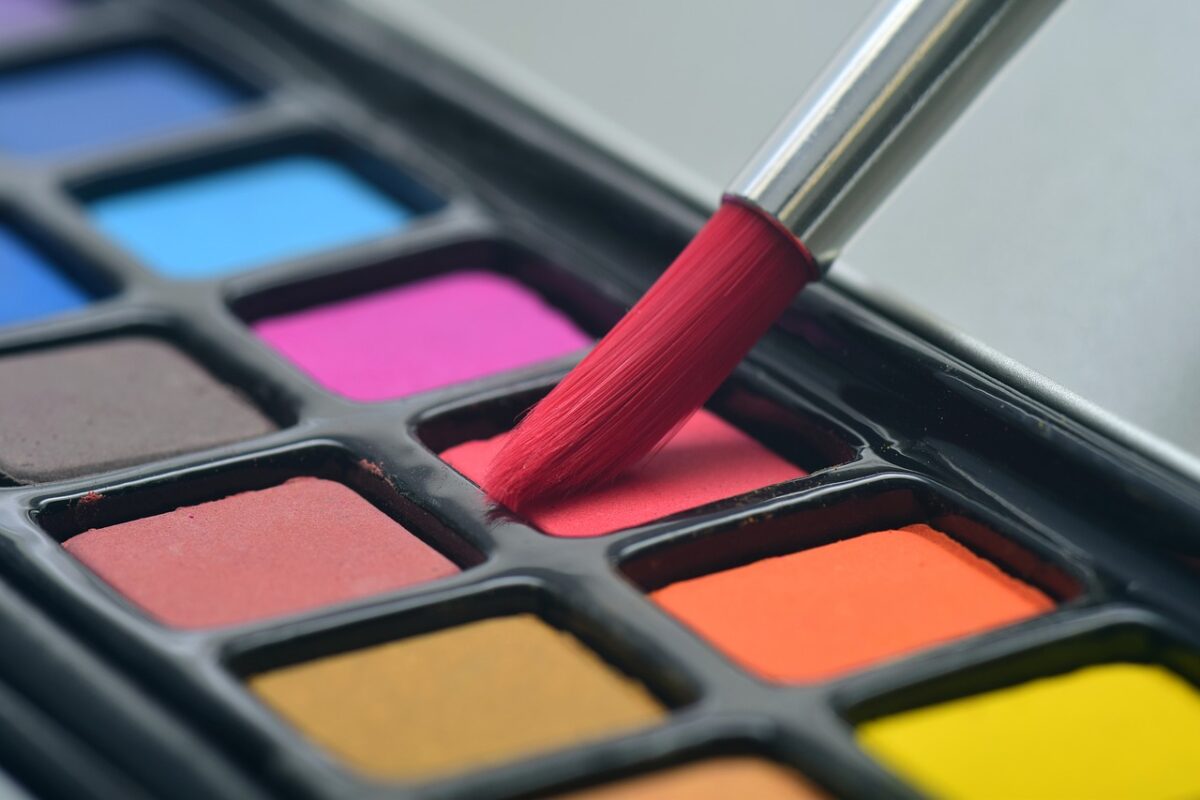If you are a beginner trying your hand on watercolours for the first time, you have to be wary as the process can turn messy at any point. Though watercolours may seem easy to ace, they can get challenging over time, especially for inexperienced people.
To avoid messy mistakes and improve your watercolour skills, you must learn more about the basics of painting. Here are important things you must know before starting with watercolour painting.
The Type of Paper Matters
While starting with watercolours, you must have the right supplies that complement each other. Trying to create artwork with the wrong papers and brushes can turn out to be a nightmare. To make the process easier, you have to equip yourself with papers intended for water-soluble paint.
Rather than using regular paper, cardboard, or even mixed-media sketchbooks, do a quick research and find a brand that sells high-quality watercolour paper. The paper with a weight of 140 lb or 300 gsm is an excellent option to start with.
Choose the Right Brushes
To achieve different results and to create an artful masterpiece using watercolours, you must have a few key types of brushes in your kit. It is okay if you do not have an extensive collection of brushes, but the key ones are a must-have, especially while you are a beginner. Flat brushes, mop brushes, medium, large and small round brushes are the basic ones that will help you improve your skills.
Pans, Tubes, or Pens
Watercolour paints come in tubes, pans, and also in the form of pens which create watercolour effects. Depending on your preference, you can invest in any paint, but remember that the brand’s quality can impact the quality of the painting. If you buy colours of poor quality, they may soon become chalky and can even ruin the artwork.
Keep Check on the Ratio
Right from the early stages, while trying your hand at watercolours, you must simultaneously hone the water to paint ratio techniques. As the water to paint ratio can drastically change the output of the artwork, you must keep an eye on it depending on what you are trying to attain. According to what you are trying to bring out on the paper, choose the proper water to paint ratio.
Always Let Layers Dry
Remember to practice patience while starting a watercolour painting. No matter if you are a beginner or pro, you must never forget to work on layers. While painting, you must give each layer the right time to breathe. If you ignore this and paint atop wet layers, it can cause bleeding of colours.
So be patient with the painting, or invest in a heat tool to avoid the wait.
Keep the Timing in Mind
As said earlier, watercolour painting requires a lot of patience and time. Working too slowly can result in hard lines, streaky strokes, and uneven blending of colours. So always try to work quickly and keep up the speed while painting.
Depending on the type of watercolour paint, brushes, paper quality, and the climatic conditions in your area, the work time of the artwork can vary. Experiment and identify what works for you before starting important projects.
Be Well Prepared
Before you start with the painting, you have to spend a reasonable amount of time prepping. As watercolour painting is time-sensitive, only proper preparation will help you achieve your creative visions. Get all the supplies ready, and once you start with the painting, don’t let anything get in the way.
Don’t worry if you have messed up your first painting. Check if you have the right products in hand and buy those missing from the kit. Remember, it is essential to find the right products which are of high quality. So, find a reliable seller, purchase the supplies and get your hands dirty right away.




